My husband loves to cook and my family loves to eat what he makes. He worked as a restaurant cook during High School and College, so he’s got good skills, and he says cooking is a creative outlet for him. He usually makes up his own recipes, sometimes on the fly, which can be a bit rough around the edges, but that doesn’t stop them from being delicious.
A couple of years ago he was diagnosed with Celiac disease, which means that his body doesn’t tolerate gluten at all. He has eliminated it from his diet completely, so we’ve had to find ways to make our family favorites without using wheat, soy sauce, or anything else that contains gluten.

We all love it when he makes meatballs, so at first it seemed like we wouldn’t be able to have them anymore. But then he tried something new.
His old recipe for Meatballs called for breadcrumbs, and he used to make his own, using a slightly stale loaf of bread that he would dry out and pulverize. When he wanted to make this new version, without any gluten in it, he first tried using gluten-free bread as a substitute, but he wasn’t happy with the results.
So what’s the secret? He uses RICE instead of breadcrumbs, and it works really well.
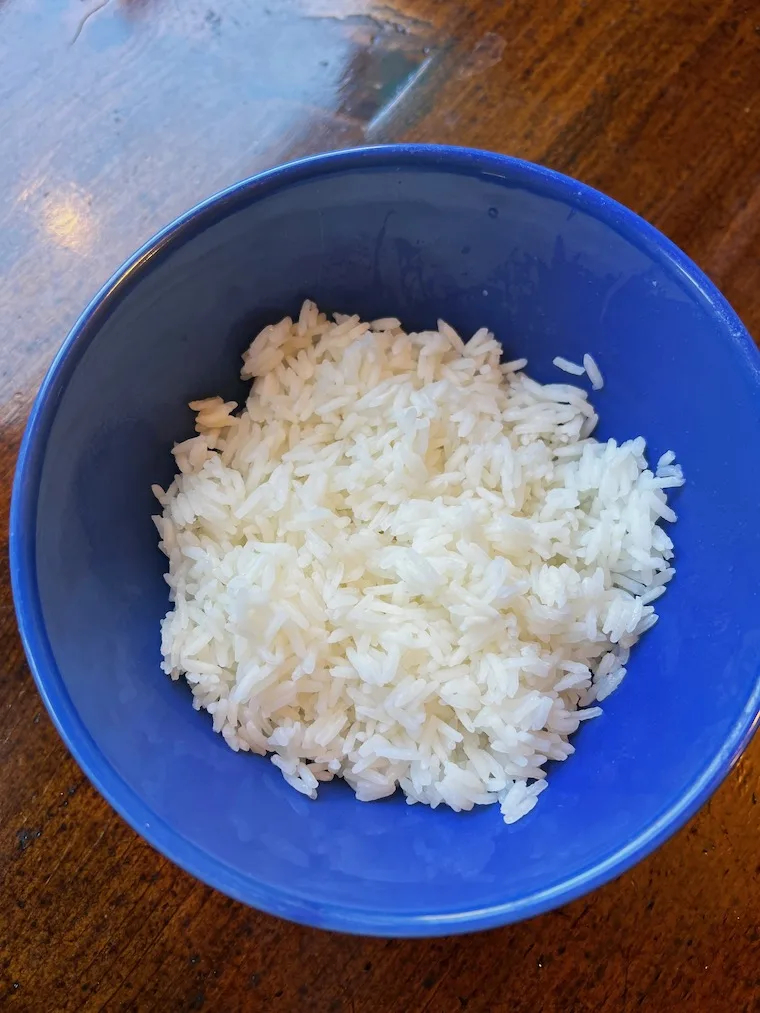
What if I Don’t Have Celiac Disease?
These gluten-free meatballs can be enjoyed by anyone who likes meatballs. In fact, I’d say my family likes these gluten-free meatballs even better than the old version. Even though I don’t have celiac disease, for example, I think these gluten-free meatballs are delicious.
Some people just don’t want to eat wheat or gluten, or they want to reduce the amount they consume, so this recipe is a great way to have meatballs without eating gluten.
We’ve even served these meatballs to our extended family at the holidays and no one could tell the difference between these and his old recipe! We think you’ll love them! Give them a try and let us know what you think.
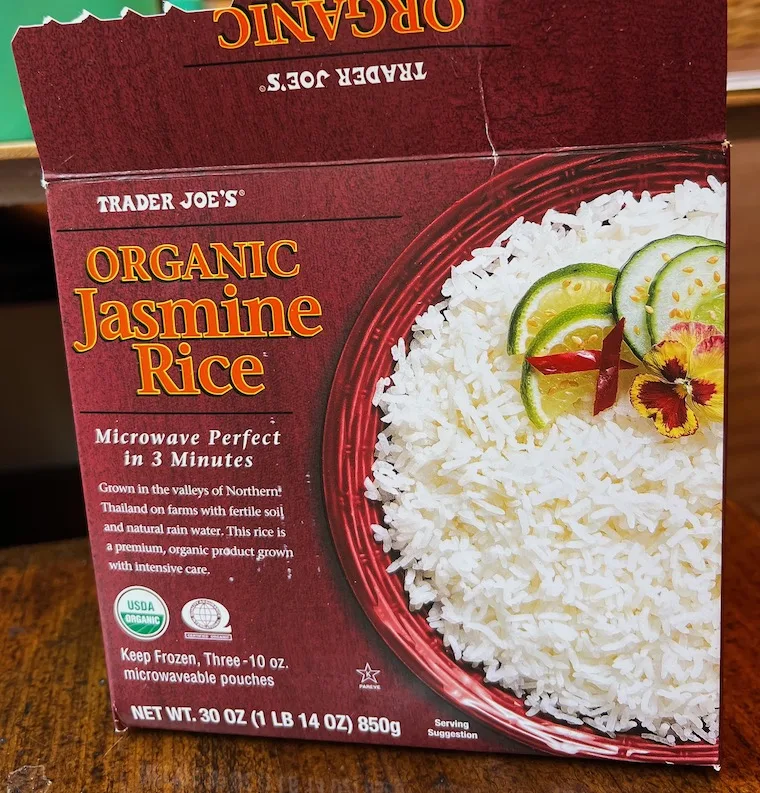
Are Gluten-free Meatballs the Same as Gluten-free Meatloaf?
Yes, with this recipe, you can make either gluten-free meatballs or a gluten-free meatloaf. You use the same ingredients and the same method. The only differences are:
1. When you make meatloaf you cover it with ketchup or a sauce before baking.
2. The baking time will differ; a meatloaf will take longer to bake than the meatballs.
We’ve included his Gluten-Free Meatloaf Sauce Recipe below as well, and a recommended baking time for Gluten-Free Meatloaf, in case you want to make that, too.
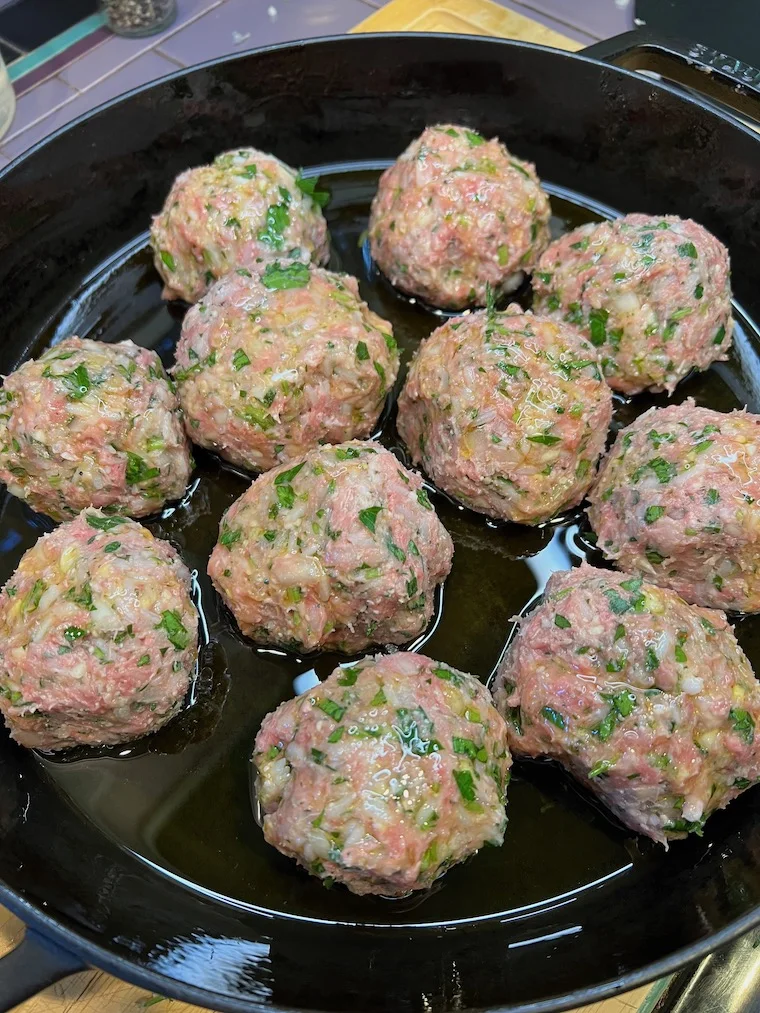
To Fry Your Gluten-Free Meatballs – or Not
Whether you’re making Gluten-free Meatballs or regular meatballs, you get to decide if you want to fry them first before you bake them or not. The advantages of frying your meatballs first are:
1. You’ll increase the “crunchy bits” because when you fry them, they will brown around the edges, and some people prefer the taste and texture of the crunchy bits.
2. You’ll reduce the amount of baking time needed because they will have partially cooked before you out them in the oven.
However, some people don’t like to fry meatballs because it adds another step, or they may not like the taste or texture difference. The bottom line is: you don’t have to fry them if you don’t want to. Baking alone is sufficient. And this recipe calls for Baking and no frying.
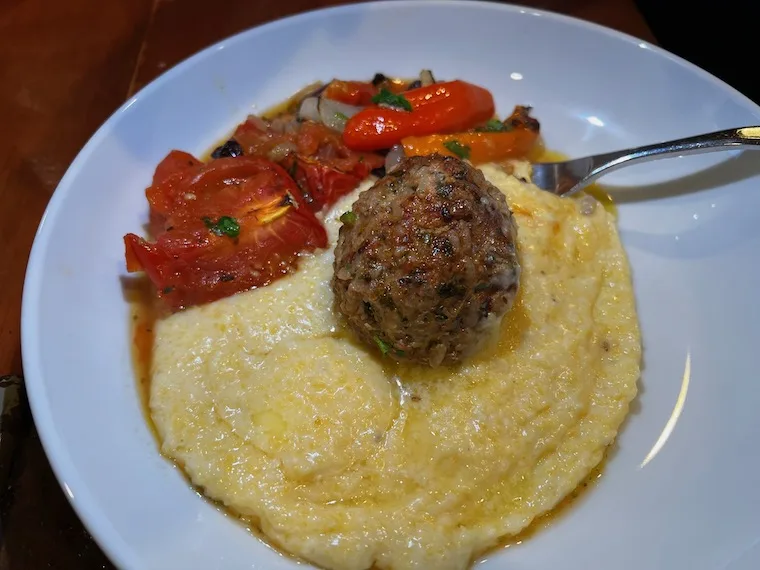
How to Serve Gluten-Free Meatballs
Gluten-free meatballs are actually very versatile and can be served a number of ways. These are our family’s favorites:
- Served over a bed of polenta (which is also gluten-free) and a tomato sauce
- Served with spaghetti (either gluten-free spaghetti or spaghetti made with wheat) and a tomato sauce
- Served in a sandwich, like a Meatball Sub, either made with gluten-free bread of bread made with wheat
- Served alongside a salad, as the protein
My family has learned a lot about Celiac disease since my husband was diagnosed, but we always suggest people consult experts. The Celiac Disease Foundation can provide information on their website, and so can the Mayo Clinic.
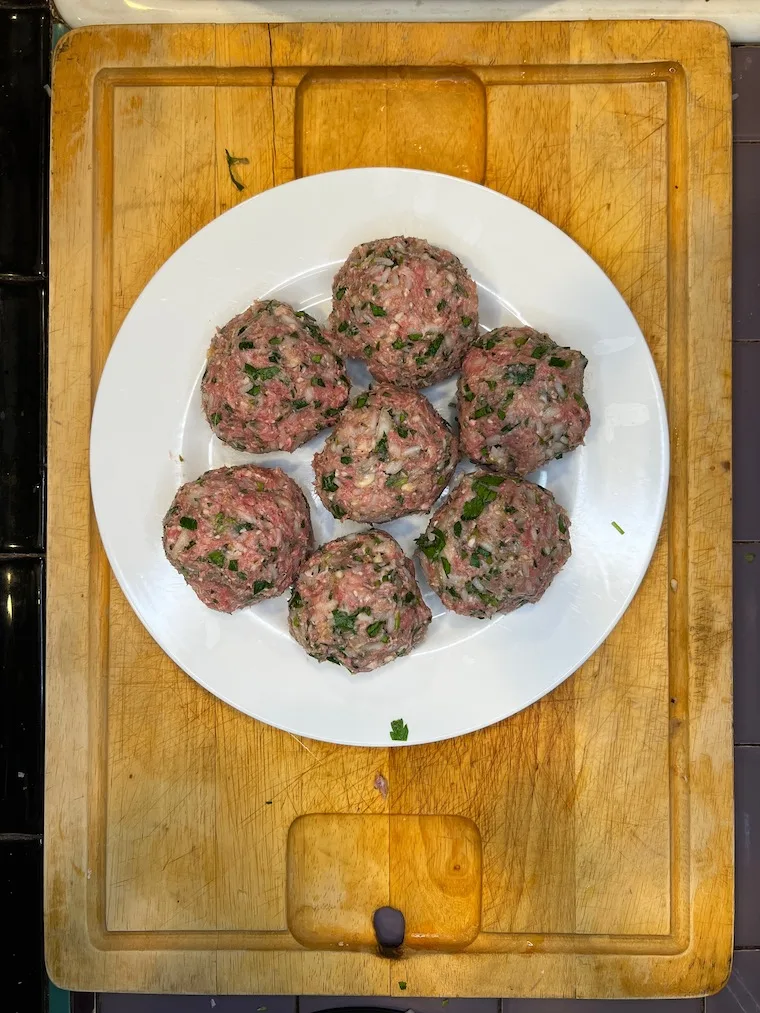
Gluten Free Meatballs Recipe
These gluten-free meatballs can be enjoyed by anyone who likes meatballs. In fact, I’d say my family likes these gluten-free meatballs even better than the old version. Even though I don’t have celiac disease, for example, I think these gluten-free meatballs are delicious – and they’re easy to make, too.
Prep 20 minutes
Cook 30 min
Ingredients
- 1 Pound 85/15 Ground Beef
- 1 Pound 80/20 Ground Pork
- 1 3/4 Cup Cooked Rice (can be homemade or packaged frozen – if using frozen then thaw first)
- 1 Medium sized Onion, diced
- 1-2 Cups Italian Parsley, diced
- 6 Cloves of Garlic, diced
- 1/2 Cup Grated Parmesan Cheese
- 2 Tablespoons Dried Oregano
- 2 Eggs
- Salt and Pepper to taste
- 1/2 – 1 Cup Olive Oil, for Roasting Pan
Instructions
- Preheat the oven to 440 degrees.
- Dice the onions.
- Dice the parsley.
- Dice the garlic.
- Add all the ingredients to a large mixing bowl (ground beef, ground pork, rice, onions, parsley, garlic, parmesan cheese, oregano, eggs, salt, and pepper) and mix thoroughly.
- Form into meatballs of any size you like.
- In a large roasting pan, add olive oil, and then add the meatballs, being sure they are all in one layer and not stacked on top of each other.
- Bake at 440 degrees for approximately 30 minutes, or until they reach the proper doneness, and are browned. You can check the internal temperature with a meat thermometer, and once they reach about 160 degrees, they should be done. If you want, you can then put them under the broiler for 5-10 minutes to brown the tops. Optional.
- They are done and can be served right away or stored in the fridge for up to a week, or frozen and re-heated when ready to eat.
This recipe can be used for either meatballs or meatloaf. You can make the meatballs any size you like, big or small. They can be served right from the oven, toasty warm, or cam be cooled and stored in the fridge for use within a week. Or they can be frozen for use at a later date.
Sauce for Meatloaf
Traditionally, meatloaf “sauce” consists of ketchup, poured over the top of a meatloaf before it’s baked in the oven. But my husband likes to add a few extras to the ketchup, like Dijon mustard and Balsamic vinegar. Mix those together and spread then over the meatloaf right before baking. Enjoy!
FAQs
Q: What is celiac disease?
A: Celiac disease is an autoimmune disorder in which the ingestion of gluten, a protein found in wheat, barley, and rye, triggers an immune response that damages the small intestine.
Q: What are the symptoms of celiac disease?
A: Symptoms of celiac disease can vary widely but may include abdominal pain, diarrhea, bloating, constipation, fatigue, weight loss, and anemia.
Q: How is celiac disease diagnosed?
A: Celiac disease can be diagnosed through a blood test that detects the presence of specific antibodies or a biopsy of the small intestine to look for damage.
Q: What is the treatment for celiac disease?
A: The only treatment for celiac disease is a strict gluten-free diet, which means avoiding all foods and products that contain wheat, barley, and rye.
Q: What are some common foods that contain gluten?
A: Foods that commonly contain gluten include bread, pasta, cereal, beer, and baked goods.
Q: Is celiac disease hereditary?
A: Yes, celiac disease has a genetic component, so it is more common in people who have a family history of the disease.
Q: Can celiac disease be cured?
A: There is no cure for celiac disease, but a gluten-free diet can manage symptoms and prevent complications.
Q: What are the potential complications of untreated celiac disease?
A: Untreated celiac disease can lead to malnutrition, anemia, osteoporosis, infertility, and an increased risk of certain cancers.
Please note, this information reflects my family’s experience with Celiac disease. It is not meant to be a substitute for medical advice from a medical professional.
Sarah Auerswald is the co-Founder and Managing Editor of MomsLA.com.
MomsLA is your source for Things to do with Kids in Los Angeles
Disclaimer: MomsLA has made every effort to confirm the information in this article; however, things can often change. Therefore, MomsLA makes no representations or warranties about the accuracy of the information published here. MomsLA strongly urges you to confirm any event details, like date, time, location, and admission, with the third party hosting the event. You assume the sole risk of relying on any of the information in our list. MomsLA is in no way responsible for any injuries or damages you sustain while attending any third-party event posted on our website. Please read our Terms of Use which you have agreed to based on your continued use of this website. Some events have paid to be listed on MomsLA.


